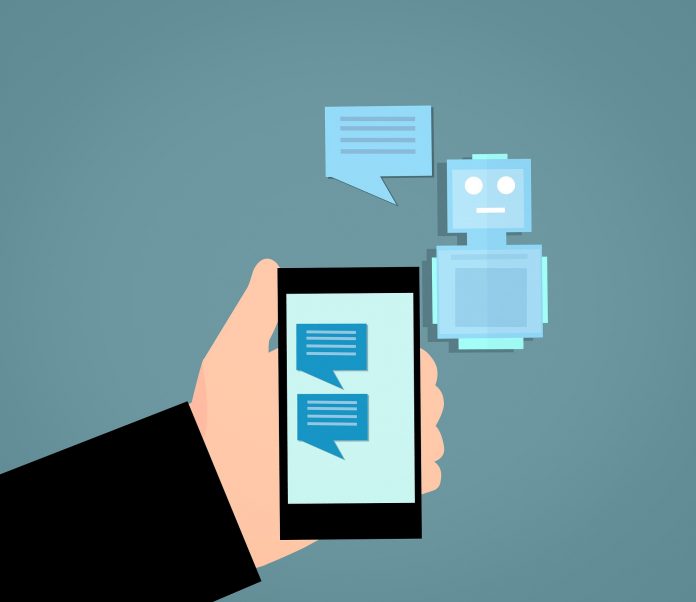The friendly internet is here to stay. Regardless of how genuinely friendly some of the bigger companies may or may not be beneath their tirelessly cheery online personas, online business is an informal affair. Even the automated messages that pop up when a page won’t load tend to feel a little over-familiar.
How your small business approaches this will depend on your industry and your brand. There are different levels of friendliness, after all. Some customer bases prefer to be treated a bit more like royalty – but they still expect meaningful interaction.
Conversations make the world go around: it’s easier to understand something when you’re having a chat about it than when it’s presented to you as a static ream of information. Even if your customers all more or less want to know the same things, they want to know them in different combinations and with different contexts. In other words, the personal touch.
Which brings us to the humble chatbot. In an ideal world, you’d have a cohort of polite, well-trained and permanently available assistants to aid your customers through their transactions. But in this world, that costs money. So we have Facebook chatbots instead.
There are over a billion people using Facebook Messenger. When those people are also using the internet to shop or to find a service, they are often in a hurry. They expect answers immediately. And if those answers don’t come from the business they approach, there’s usually another business just a Google search away.
That’s why there are already over 300,000 chatbots on Messenger. And why 85% of customer service interactions are expected to be via chatbot by the year 2020.
A chatbot can offer that one-to-one advice instantly and for a fraction of the cost. And what you lose in the ‘human touch,’ you gain in a level of automation and a scale of response that would be impossible even with the finest army of sales reps.
Your friendly chatbot
As far as the friendliness is concerned, the clue is in the name. Facebook chatbots may not yet be ready to have a long and meaningful conversation about life and relationships, but they can certainly continue a ‘chat’ on beyond the initial query. Think of them more as an FAQ page with a brain and a voice.
And not just an FAQ page. Your chatbot, properly trained, can respond to queries about stock availability or variations. It can give detailed information, on demand, about a particular product. It can deal with queries about customer accounts. And it can guide customers through the transaction process.
What’s more, your chatbot can be designed to automatically send updates via Messenger if there is an issue with your service, for example, a delay or cancellation. If this issue affects multiple customers at once, it can be a lifesaver to have your robot take care of it for you!
One place where chatbots do become super-friendly is with personalized offers. You have a certain understanding of your customers through what Facebook knows about them and the data that you have. Your chatbot can actually make suggestions and offer deals to your customers based on this kind of data. Or it can remind customers when they’ve placed something in their cart but they haven’t quite got around to paying for it yet. How friendly.
Principles of building a chatbot
So you’re sold – right? You need that chatbot. And using a tool like Botsify or Chatfuel can make it easy, even if you’re no tech whiz. We’ve seen what a chatbot can do – but what should it do if it is to be a truly successful robot?
One thing that will make your chatbot seem more friendly is to teach it to chat like a human. That is, with all the flaws and tics that we have in our own conversation. This makes it less creepy for regular folk to converse with, and also ensures that chats take place in a rhythm that feels natural for people.
For example, your chatbot needs to know when to shut up. Some customers move faster than others. They may divide their intention over several broken ‘messages.’ Your bot should wait patiently for its moment to reply. And when replying, it can use little fillers like ‘um’ or ‘ah’ to sound more natural.
But don’t make your bot too chatty. People have limited time and they’re often using Messenger to get an answer because they don’t want to waste time scrolling a website. Use simple language that everyone can understand and short clear sentences and questions that make the point.
If you are using your chatbot to send offers, don’t send the same offer every time. Vary the offer itself or, if reminding your customer about an offer that they’ve not yet taken up, change the wording the second time you send it.
With these good rules of friendliness, there’s no reason your chatbot can’t become a valued member of your team. Who needs friends when your robot’s sales are going through the roof!
Find a Home-Based Business to Start-Up >>> Hundreds of Business Listings.















































